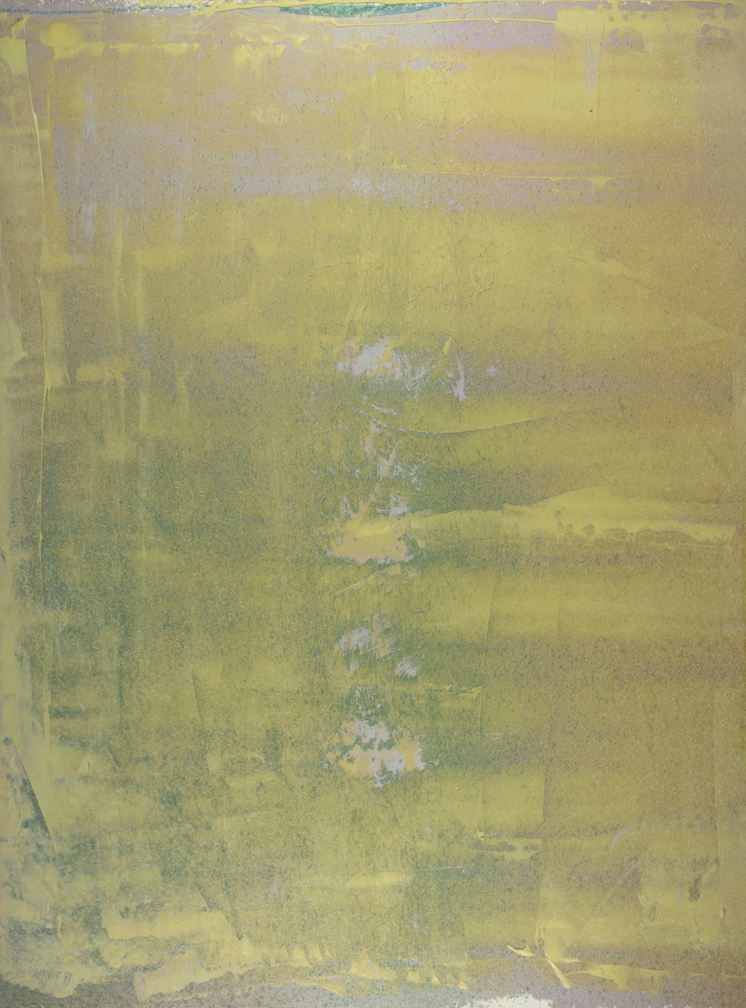
Purple Mekle Lippis of Beauty Mouth - 2
Jules Olitski
Citing influences from Rembrandt to Hans Hofmann, Olitski combines majestic scale with sensuous color, spraying and staining his large canvases with multiple evanescent layers of pigment. First discovering abstract art by painting blindfolded, Olitski developed his style by relinquishing any expectations for the end result, allowing his materials to be the primary expressive agents. In line with many other artists of his generation, Olitski eschewed figurative work in the belief that attempts to simulate three-dimensionality on a two-dimensional surface are unavoidably false, and that embracing a canvas's inherent flatness through abstraction achieves a more profound, universal response. The influential critic Clement Greenberg, who championed Olitski's career, considered him America's greatest living painter.
Olitski came to the United States from Gomel, Russia, as an infant. He studied at New York's Beaux-Arts Institute of Design and the Educational Alliance under sculptor Chaim Gross before going to Paris on the G.I. Bill (1949-1951). Connected with the Color Field movement, which emerged from Abstract Expressionism, Olitski valued color over composition, exploring subtle modulations of hue with increasingly innovative techniques. In "Purple Mekle Lippis of Beauty Mouth - 2," a title taken from a book on the African slave trade, Olitski saturated the canvas by rolling it through a trough of acrylic paint and then stapled it to his studio floor to squeegee and spray-gun the canvas with additional layers of color - his trademark technique.
Artist
Date of Birth
(1922-2007)
Date
1972
Medium
Acrylic on canvas
Dimensions
80 x 59 in. (203.2 x 149.86 cm.)
Accession #
1984.42
Credit Line
Gift of Mr. and Mrs. J. Welles Henderson
Copyright
© Jules Olitski Art Foundation / Licensed by VAGA at Artists Rights Society (ARS), NY
Category
Subject
More by
We're so excited you're planning to visit PAFA!
Make time for art — visit us Thursday to Sunday.
Before reserving your tickets, please review helpful information about museum hours, accessibility, building access, and special admission programs.
If you have any questions, feel free to reach out to us at visitorservices@pafa.org — we’d love to help!